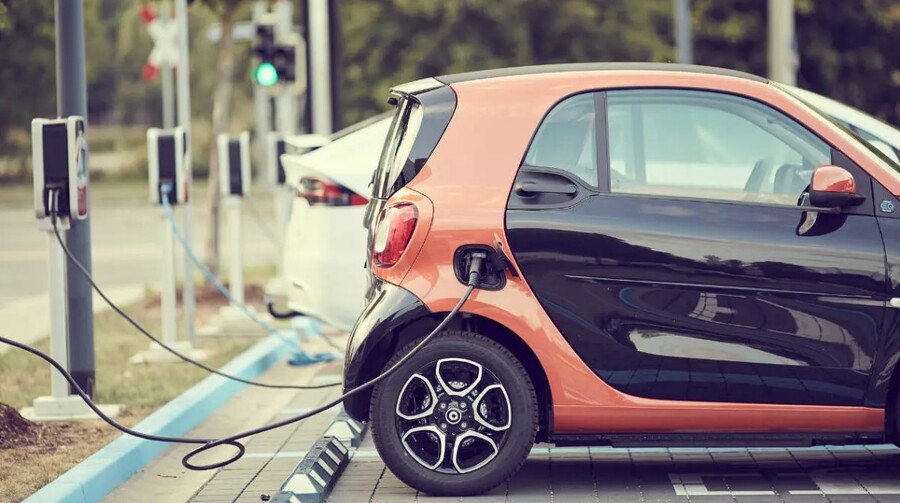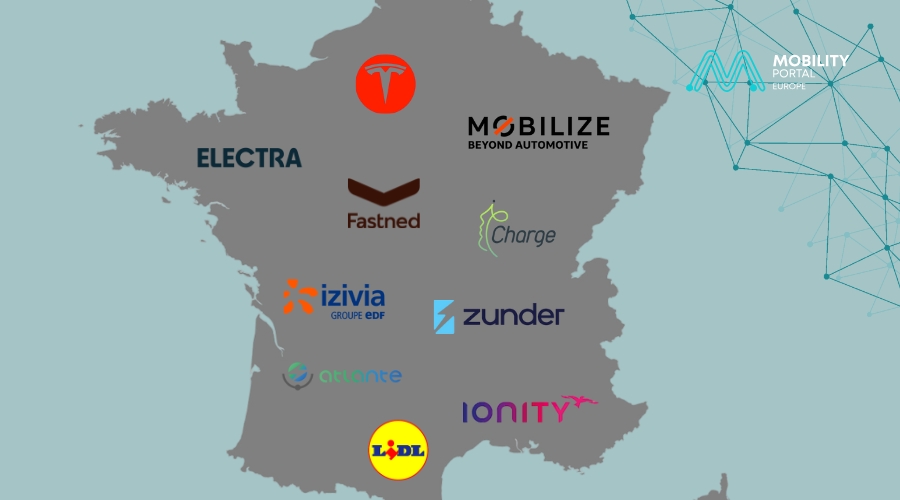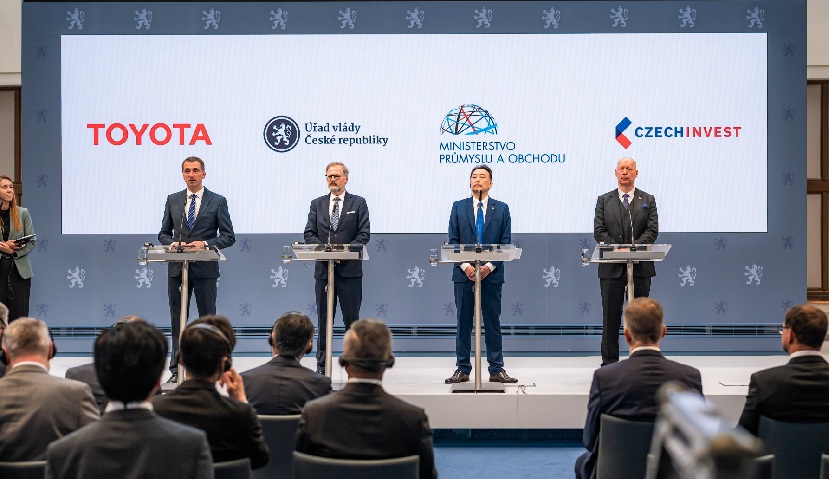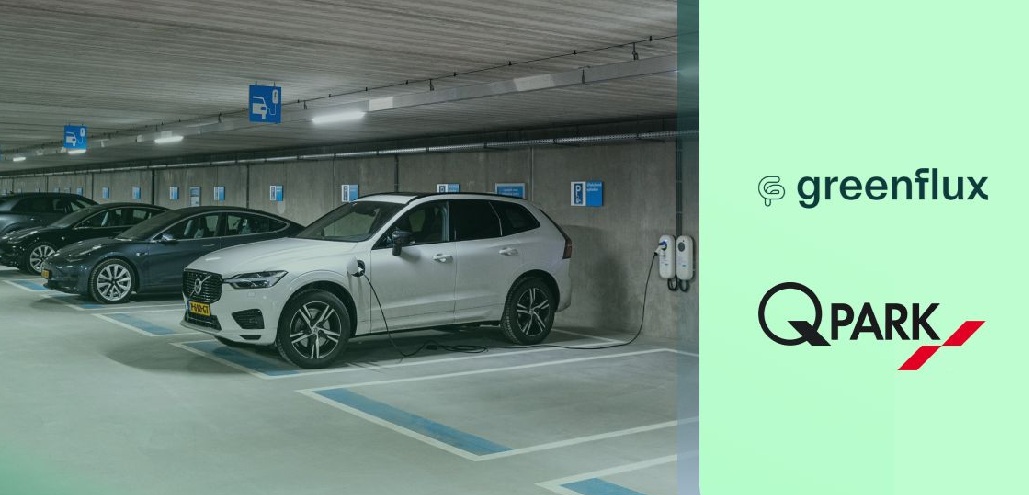With the goal of achieving carbon neutrality by 2050, the Chilean government is launching a Master Plan for Public Electric Vehicle Charging Infrastructure for the Northern Macrozone.
In addition to focusing on the regions of Arica and Parinacota, Tarapacá, Antofagasta, and Atacama, the plan aims to attract private investment.
The project involves installing at least 49 charging points over the next 10 years, with an estimated investment of 7 billion Chilean pesos (around 7.5 million dollars), not including the cost of land acquisition or the expansion of electrical networks.
Specifically, it is expected that there will be at least one charger every 100 kilometres along intercity routes, a logistical challenge in an area with distances of up to 1,400 km between key points such as Iquique and Antofagasta.
The Key Role of Private Investments
Given the scale of the project, public-private collaboration is essential, with sectors such as mining playing a fundamental role in ensuring the necessary financial backing.
According to Javier Contador, Plan Coordinator and member of the Sustainable Mobility and Green Hydrogen Area of the Energy Sustainability Agency, private investments are key to the success of the project.
“The challenge in the north is quite complex, so there is no single solution. Collaboration between local governments, private companies, and regional stakeholders is required to connect the isolated points in the north,” he explains in an interview with Mobility Portal Latinoamérica.

He adds that one of the pillars of this plan is to identify funding sources from both local actors and companies operating in the country that can facilitate the installation of chargers.
Large local industries, such as mining, play a crucial role in financing the infrastructure, especially in more remote areas.
Contador highlights that the investment estimates for the 49 priority locations amount to 7 billion pesos (approximately 7.5 million dollars), a figure that covers only the purchase and installation of chargers.
However, this does not include the cost of land acquisition or the necessary works to expand electricity networks to more remote locations, which could further increase the cost of the project.
“It is important to emphasise that this process will be long, but with strong collaboration between the public and private sectors, we can achieve the goal,” assures Contador.
Why Prioritise Infrastructure in Northern Chile?
The Northern Macrozone of the country faces geographic and technical challenges that make it a priority for the deployment of public charging infrastructure.
The Master Plan addresses the existing gap in charging infrastructure in this area, where there are currently only 40 public chargers, most of which are located in densely populated urban areas such as Antofagasta and Iquique.
It is estimated that by 2035, at least 49 additional charging points will need to be installed to meet the needs of the electric vehicles (EVs) in circulation.

The Undersecretary of Energy of Chile, Luis Felipe Ramos, highlighted the importance of this project within the context of the National Electromobility Strategy.
During the launch of the Plan, he stated: “Electromobility has made significant progress in recent years, with electric vehicle sales increasing by 183% in 2024. Therefore, the Ministry of Energy is focused on generating the necessary charging infrastructure to support this momentum of electromobility.”
The priority, according to Ramos, is to ensure that the more remote areas of the country, such as the Northern Macrozone, have sufficient infrastructure to avoid hindering the development of electromobility in Chile.
The long distances in this region, from the coastal areas to the highlands, pose an additional challenge: many of these points need to be interconnected to facilitate intercity travel without the risk of running out of charge.
Challenge and Opportunity for the Mining Industry
In this scenario, the mining industry of northern Chile – one of the country’s economic engines – is a strategic ally.

Diland Castro, leader of the Charging Infrastructure division at the Sustainable Mobility Centre (CMS), complements this view by stating that “it is essential to have the support of local companies.”
In this regard, he points out that “mining companies can not only provide resources but also facilitate access to infrastructure in key areas of the country.”
This approach can also be extended to other industries in the region, creating a co-financing model that facilitates the implementation of the infrastructure.
Regarding costs, connection to the electrical grid is another critical point.
To address this challenge, the Plan establishes joint work with the Ministry of Energy and the Ministry of Public Works, which will collaborate with private companies to expand the capacity of electrical networks and ensure that the chargers are installed efficiently and quickly.
DISCOVER MOBILITY PORTAL DATA
Discover Mobility Portal Data, a new exclusive market intelligence platform offering reliable data and key reports to support smart decision-making across the automotive sector — covering both combustion and electric vehicles, as well as charging infrastructure.
Research, trend analysis, and neatly organised statistics presented with clarity and precision, alongside up-to-date insights — all just one click away.
With Mobility Portal Data, good decisions are on the horizon.
READ MORE
-
Top 10: Which CPOs offer the most affordable fast-charging rates in France?
Each CPO applies its own pricing model. Tesla offers the most affordable charging rates, followed by IECHarge. Operators with subscription plans come next. Which ones are they?
-
Historic milestone: first Toyota BEV to be produced in Europe at Czech Plant
Funding for this new BEV manufacturing activity will come from approximately €680 million in new capital expenditure by Toyota, including a Czech government contribution of up to €64 million towards a dedicated battery assembly facility.
-
Q-Park partners with GreenFlux to boost EV charging infrastructure in the Netherlands
GreenFlux will migrate 1,700 EVSEs to its backend system. Q-Park selected the GreenFlux EV charging management platform due to its advanced multi-level smart charging solutions and various CPMS options.









